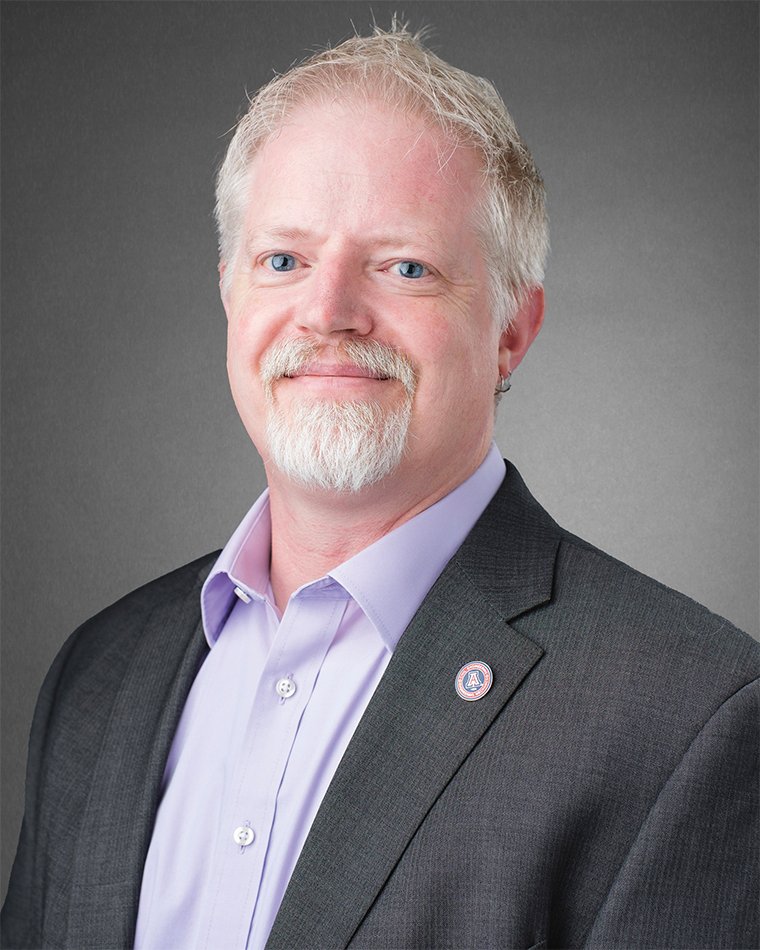Oral
Water Distribution System Analysis (Planning & Management)
Confirmatory Sampling Locations Identification Based on the Information Trade-off During a Contamination Event
Wednesday, May 21, 2025
10:00 AM - 10:15 AM Alaska Daylight Time (AKDT)
Room: Room 3
.jpg)
Camilo Salcedo (he/him/his)
Ph.D. Candidate
The University of Arizona, Arizona, United States
Dominic L. Boccelli
Professor
The University of Arizona, Arizona, United States
Author(s)
Co-Author(s)
Abstract Submission: In Water Distribution Systems (WDS), fixed sensors have been widely used to detect contamination events and identify their source location in a timely manner. However, due to limitations such as budget and specificity in the contaminant that can be detected, these sensors are not sufficient to fully characterize a potential contamination event. In this context, previous research developed by our group has demonstrated the feasibility of including Confirmatory Sampling Locations (CSL) as an alternative to gather new information whether a junction in the network is contaminated – or not – in real-time, thereby improving the performance of a contaminant spread algorithm.
Previous research explored the relationship between the amount of new information collected by a set of sensors and how their individual contributions overlap among these sampling locations. This overlap was successfully reduced by implementing a clustering approach that trims the solution space in large networks (12000+ junctions) and spatially distribute the sampling locations. Previously, near-optimal solutions for the placement of CSL in real-time were identified based solely on the maximization of information gain. The current analysis seeks to supplement the latter method by integrating a surrogate metric for information overlap in the sensing network to the optimization problem. Thus, the optimal set of CSLs will maximize the amount of new information gained by the sensing network, while the overlap in information between the sensors is reduced, enhancing the monitoring capabilities in the WDS.
Learning Objectives/Expected Outcome (Optional) :
Previous research explored the relationship between the amount of new information collected by a set of sensors and how their individual contributions overlap among these sampling locations. This overlap was successfully reduced by implementing a clustering approach that trims the solution space in large networks (12000+ junctions) and spatially distribute the sampling locations. Previously, near-optimal solutions for the placement of CSL in real-time were identified based solely on the maximization of information gain. The current analysis seeks to supplement the latter method by integrating a surrogate metric for information overlap in the sensing network to the optimization problem. Thus, the optimal set of CSLs will maximize the amount of new information gained by the sensing network, while the overlap in information between the sensors is reduced, enhancing the monitoring capabilities in the WDS.
Learning Objectives/Expected Outcome (Optional) :

